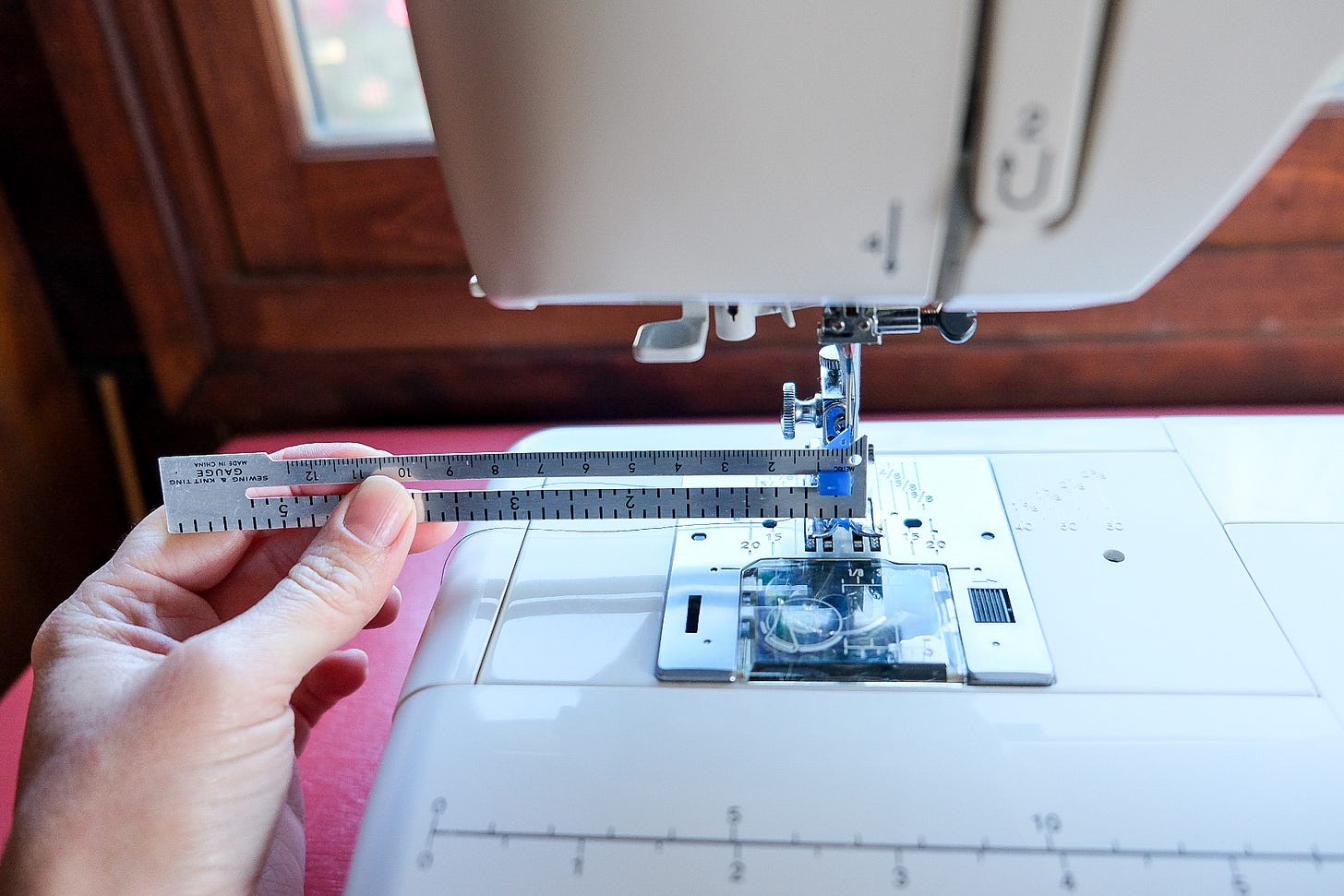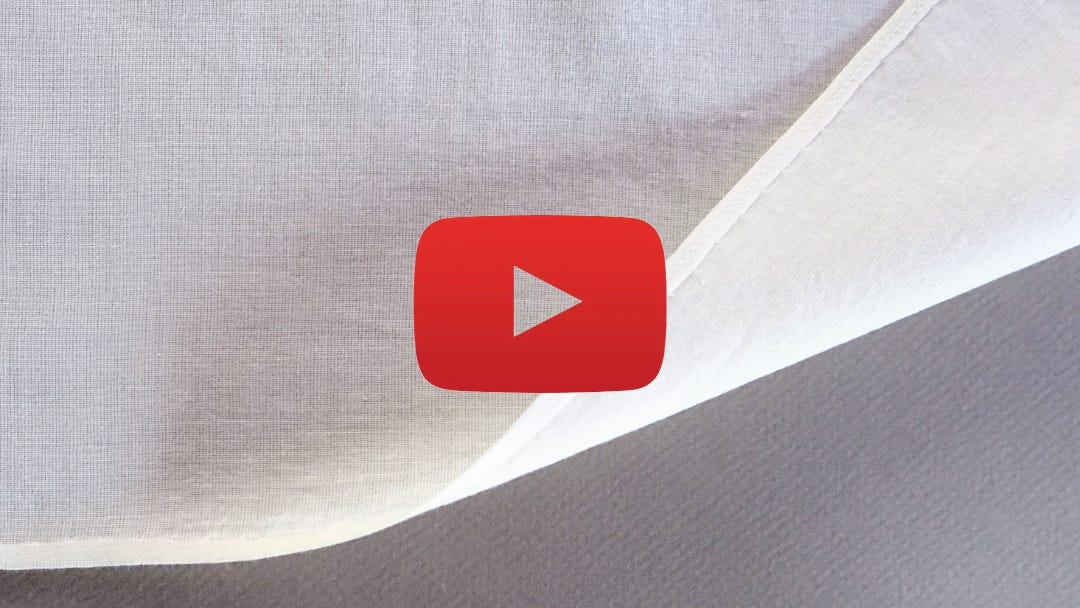3 Narrow Hem Techniques
The narrow machine-stitched hem, the narrow hand-sewn hem, and the hand-rolled hem
Discover three narrow hem techniques, each with its own distinctive flair. These hems—ideal for tailored shirts, blouses, sheer and lightweight fabrics, scarves, sashes, lingerie, and more—are highlighted below with a brief overview and a 1-2 minute video tutorial to guide you. Enjoy!
NARROW MACHINE-STITCHED HEM
Stitch ⅛ inch from raw edge to serve as a stay and guide. Turn under the raw edge along the line of stitching, and then turn under again the same width. Baste just inside the stitch line and machine stitch in place.
Tip: Double-check your sewing machine's seam guide with a ruler or sewing gauge for accuracy, especially for precise ⅛-inch stitching.
NARROW HAND-SEWN HEM
Start by folding the edge under ⅛ inch. Press to hold the fold if you’d like, then stitch close to the edge. Fold it under again by the same width, and baste in place. Finish by slipstitching the hem edge to the garment. (The slipstitch is used when stitching shouldn’t show, but keep in mind it's not very strong. That’s why it’s ideal for delicate fabrics and garments.)
HAND-ROLLED HEM
Stitch a line along the raw edge, then trim close to the stitching. Roll the fabric in small sections using your thumb and forefinger, securing it with a slipstitch or fine whipstitch a few inches at a time.
Tips:
Use a sharp hand-sewing needle—I like using a long size 10 milliners needle, the same one I use for needle-turn appliqué.
Save the basting for the narrow machine-stitched and hand-sewn hems; skip it for a hand-rolled hem.
Use silk thread for silk fabrics.
And meet Winnie! She’s modeling her new narrow machine-stitched bandana.
Wishing you a joyful holiday season and heartfelt thanks for being part of this newsletter.
~ Jane









